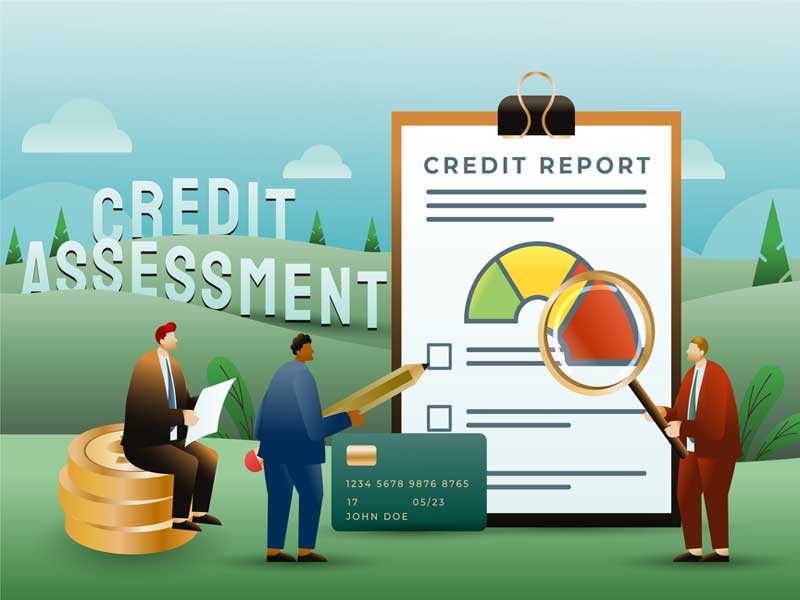While some South Africans may have been notified by their banks, many consumers are not aware of the recent change in South Africa’s credit reporting system, where banks are now required to report overdrafts if consumers are overdrawn by more than R500 for a period of 30 days. Having come into effect from 1st March 2025, this represents a significant shift in how consumer creditworthiness is assessed. While this change brings some positive outcomes, it also introduces challenges that could have far-reaching consequences for both consumers and the broader credit industry.
Let’s break this down further:
Positive Outcomes of Including Overdrafts in Credit Reports
By including overdraft usage in credit bureau reports, affordability assessments will become more accurate. In the past, overdrafts were often excluded from these calculations unless voluntarily disclosed by the consumer. This meant that lenders were sometimes working with incomplete information when assessing whether a borrower could afford additional credit. With overdrafts now included, credit providers can better evaluate a consumer’s true financial position, reducing the risk of over-indebtedness. For example, if a person consistently relies on their overdraft to make ends meet, this will be flagged as a potential indicator of financial strain.
The inclusion of overdrafts promotes transparency, ensuring that all forms of credit utilisation are accounted for. This levels the playing field for both consumers and lenders. Credit providers will have a clearer picture of a consumer’s financial habits, which may help prevent reckless lending practices. It also encourages consumers to be more mindful of their spending and borrowing behaviour.
Knowing that overdraft usage will now be reported may encourage consumers to manage their finances more carefully. Overdrafts, which were previously seen as “invisible” debt, will now carry weight in credit assessments. Consumers may be motivated to reduce reliance on overdrafts and focus on budgeting or seeking financial advice to avoid negative credit listings.
Credit providers will be able to assess risk more accurately, leading to more sustainable lending practices. This could result in fewer defaults and a healthier credit market overall. While this might limit access to credit for some, it ultimately protects both consumers and lenders from the fallout of unsustainable debt.
Challenges and Potential Negative Impacts
Many South Africans who rely heavily on overdrafts may find themselves unable to qualify for new credit facilities. Overdraft usage will now be factored into affordability calculations, potentially reducing the amount of credit they are eligible for. Credit-reliant individuals, particularly those who frequently use payday loans or temporary credit facilities, may face financial strain if they can no longer access these options. This could lead to a cycle of financial distress if alternative solutions are not sought.
Unfortunately, there will also be some unintended consequences for financially vulnerable consumers. Low-income earners or those living payday-to-payday are more likely to rely on overdrafts to cover basic expenses. Reporting overdraft usage could disproportionately affect these groups, as their financial struggles will now be more visible to credit providers. These consumers may see their credit scores decline, making it harder to access affordable credit. They may turn to informal or unregulated lenders, which could expose them to higher interest rates and predatory practices.
However, this could also lead to potential misinterpretation of many South Africans’ overdraft usage. Not all overdraft usage indicates financial distress. Some consumers use overdrafts strategically, such as for short-term cash flow management. However, frequent or prolonged overdraft usage could be misinterpreted as a sign of poor financial health. Credit providers may place undue weight on overdraft usage, penalizing consumers who are otherwise financially stable but use overdrafts as a convenience tool.
If overdraft usage is reported negatively (e.g., as an overdue balance), it could harm consumers’ credit scores. This is especially concerning for those who are unaware of the change and continue to use overdrafts as they did before. A lower credit score could limit access to affordable credit options, insurance products, and even employment opportunities in certain sectors.
What South Africans Can Do to Stay Informed About Their Credit
With overdrafts now being reported to credit bureaus, it’s more important than ever for consumers to stay informed about their credit status. Request your free annual credit report from the major bureaus to ensure accuracy and address any discrepancies. If you frequently use your overdraft, consider creating a budget and track your cashflow to manage your expenses more effectively. Look for ways to cut unnecessary costs or increase your income to avoid dipping into your overdraft.
Crédito: Link de origem


